All Forces Converge: Who Will Steer China's New Energy Vehicle Market?
![]() 04/25 2025
04/25 2025
![]() 344
344
R&D: The Crucial Weapon for Automakers to Navigate Market Cycles
Text
Since the dawn of this year, numerous multinational automakers have further intensified their investments in China, unequivocally committing to "significant investments" in the region. Beijing Hyundai has just unveiled new models on its pure electric platform, Volkswagen and BMW are preoccupied with technology bundling, and FAW-Volkswagen has launched a fresh product plan. This signifies that players from across the globe have already taken center stage in China's smart vehicle market.
Each automaker brings unique strengths to the table. German automakers are exporting their intelligent driving systems back to Europe, while American brands are leveraging local supply chains to cut costs and enhance efficiency. The industry has collectively embarked on a race to harness technology.
As a global automotive leader, Toyota officially introduced the Chief Engineer (Regional-Chief Engineer) system in China during the "Toyota Technology Space 2025" event on April 19. In contrast to Volkswagen and BMW, which swiftly acquire intelligent capabilities through capital ties, Toyota has opted for a more systematic strategy to restructure its R&D genes in China.
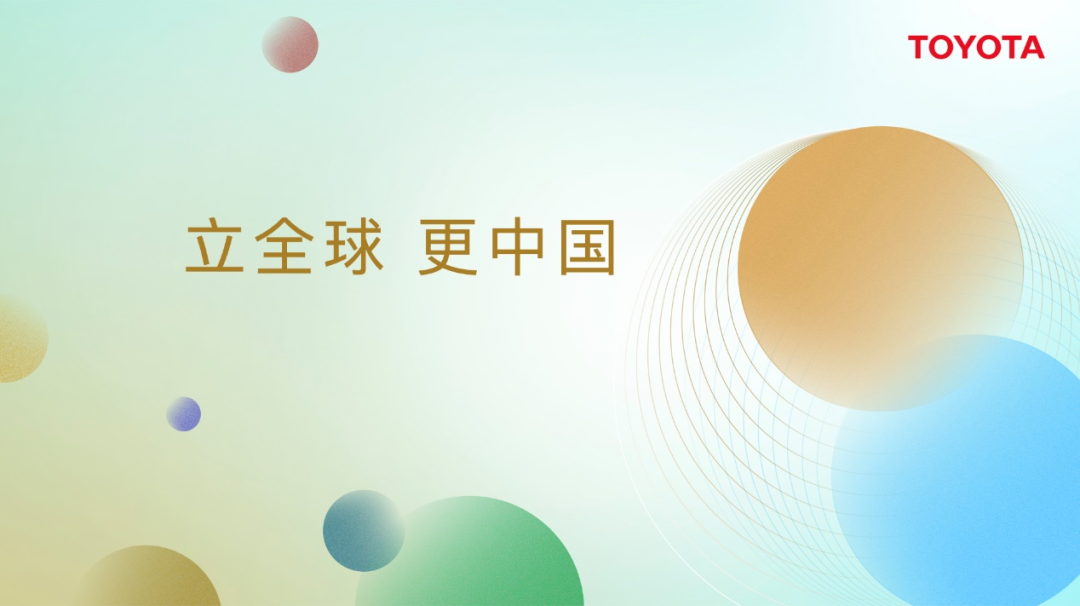
Looking back at the century-long history of the automotive industry, only companies that consistently invest in R&D have survived market cycles. In this Chinese competition among global automakers, the key to success or failure may hinge on striking a balance between technological depth and localized innovation.
With all forces in contention, who will ultimately prevail? Will Toyota emerge victorious?
R&D: The Ultimate Competitive Advantage for Automakers
Only R&D can forge a product moat. It is also a cost killer. Price wars are not merely marketing tactics; they are dimensional reduction attacks underpinned by R&D. Ultimately, the battle to sell cars is a duel of price and configuration on the front stage and R&D capabilities behind the scenes.
R&D also rewards companies that are genuinely committed to performance. From Tesla, the electric vehicle pioneer, to Geely Automobile, which recently announced a substantial increase of 220%-270% in Q1 earnings, it underscores the harsh truth that "for every additional dollar spent on R&D, the market rewards ten dollars."
Today, automakers' R&D efforts can be classified into three factions: BYD's autonomous vertical integration model with full-stack in-house research and development, Huawei's HarmonyOS cockpit ecosystem approach, and Volkswagen's strategy of partnering with Xiaopeng for intelligent driving.
It's not feasible to claim that any one model is unequivocally superior; each has its own merits and drawbacks.
Intriguingly, Toyota, a seasoned player in the automotive industry, is striving to offer a fourth possibility.
Looking back at Toyota's R&D history, it can be described as a textbook on "navigating market cycles with technology."
In the 1990s, when European automakers were still locked in a fierce competition in the internal combustion engine market, Toyota had already bet on the hybrid track. Today, the number of electrified models, including hybrids, has surpassed 30 million globally, a moat earned through decades of R&D investment by Toyota.
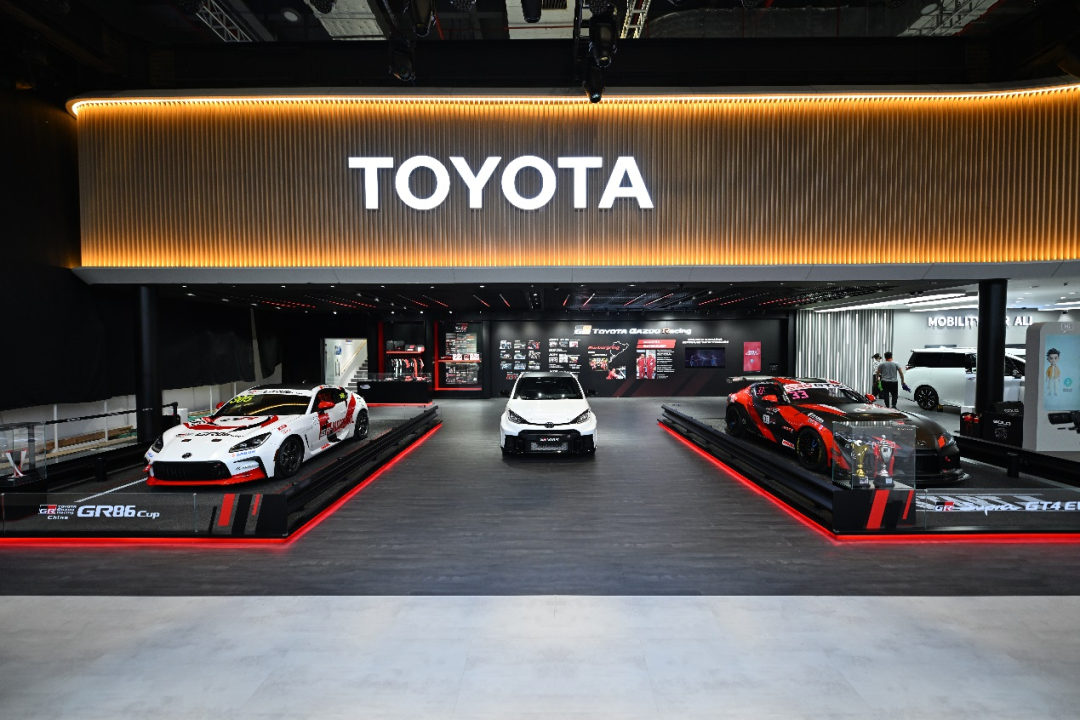
In the GR brand, Toyota adheres to the philosophy of "road-training cars and people to build better cars," using motorsports to feed back into mass-produced car R&D. The lightweight body of the GR YARIS is a civilian refinement honed on the racetrack.
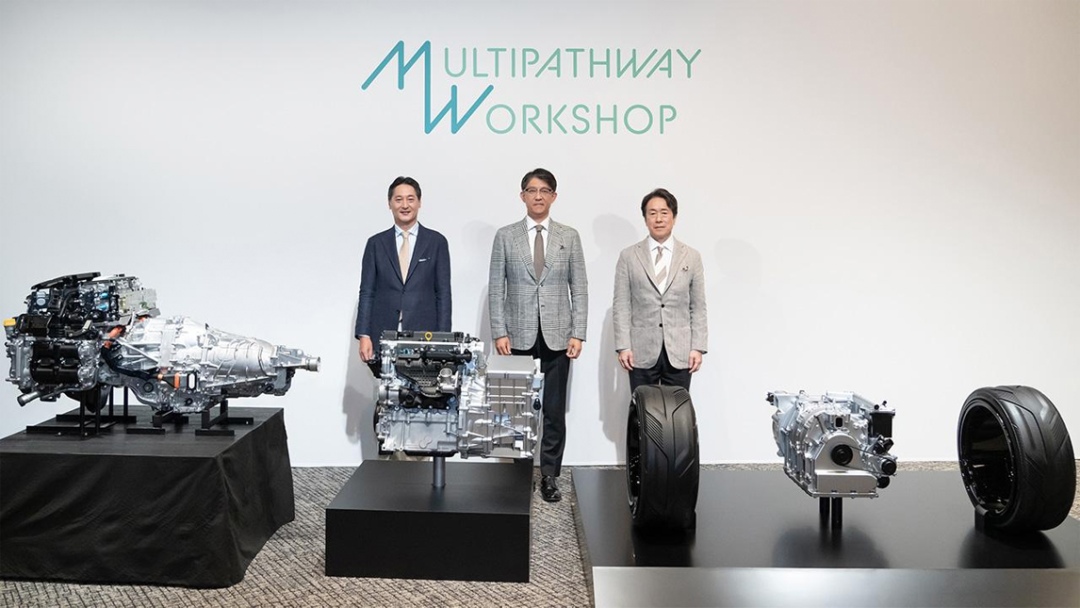
Last year, Toyota also announced the joint development of a new engine with Subaru and Mazda, which is smaller in size but compatible with biofuels.
Now, facing the wave of electrification, Toyota, fully cognizant of the importance of R&D, has quietly embarked on a profound self-revolution.
The fruits of this transformation are becoming evident: Platinum 3X received over 10,000 orders within an hour of its launch and has surpassed 15,000 orders to date. The bZ5, also led by Chinese engineers, was unveiled the day before the auto show. When Yoshiki Konishi, general manager of Toyota Intelligent Electric Vehicle R&D Center (China) Co., Ltd., stated, "We cannot lose Chinese elements," this established automaker's R&D paradigm had completed its transformation from technology export to local growth.
All these achievements stem from Toyota's continuous strengthening and upgrading of localized R&D investment over the years.
As early as 2010, Akio Toyoda proposed the strategy of "China is the most important."
In 2013, the largest R&D center in Toyota's global R&D system was completed and renamed Toyota Intelligent Electric Vehicle R&D Center (China) Co., Ltd. (IEM by TOYOTA) in 2023, further reinforcing local R&D in intelligent and electric technologies.
In 2025, the R&D and production company for Lexus pure electric vehicles and batteries officially landed in Jinshan District, Shanghai.
Simultaneously, Toyota adheres to a multi-path approach to new energy technologies.
In terms of safety, faced with the technological flashiness of new players, Toyota chooses to build a differentiated competitive barrier with "safety redundancy." Hiroki Nakashima, vice president and chief technology officer of Toyota Motor Corporation, revealed in an interview that the brake system adopts a dual-circuit design. These "cost-no-object investments" reflect Toyota's adherence to its DNA of safety and reassurance.
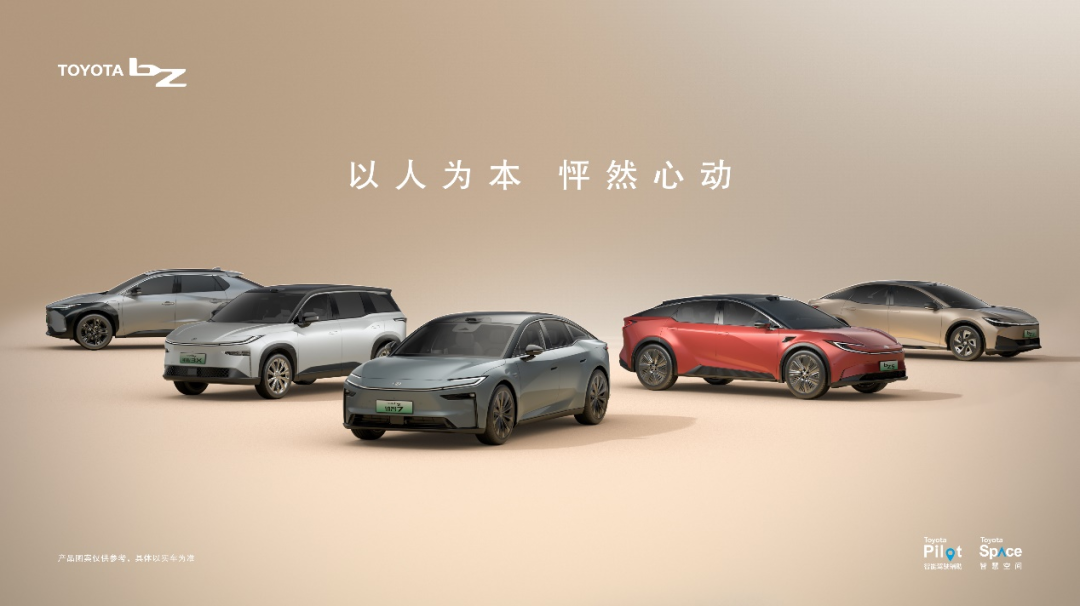
In terms of electrification, from the already launched Platinum 4X to the globally debuted Platinum 7, Toyota has further enhanced its BEV product matrix.
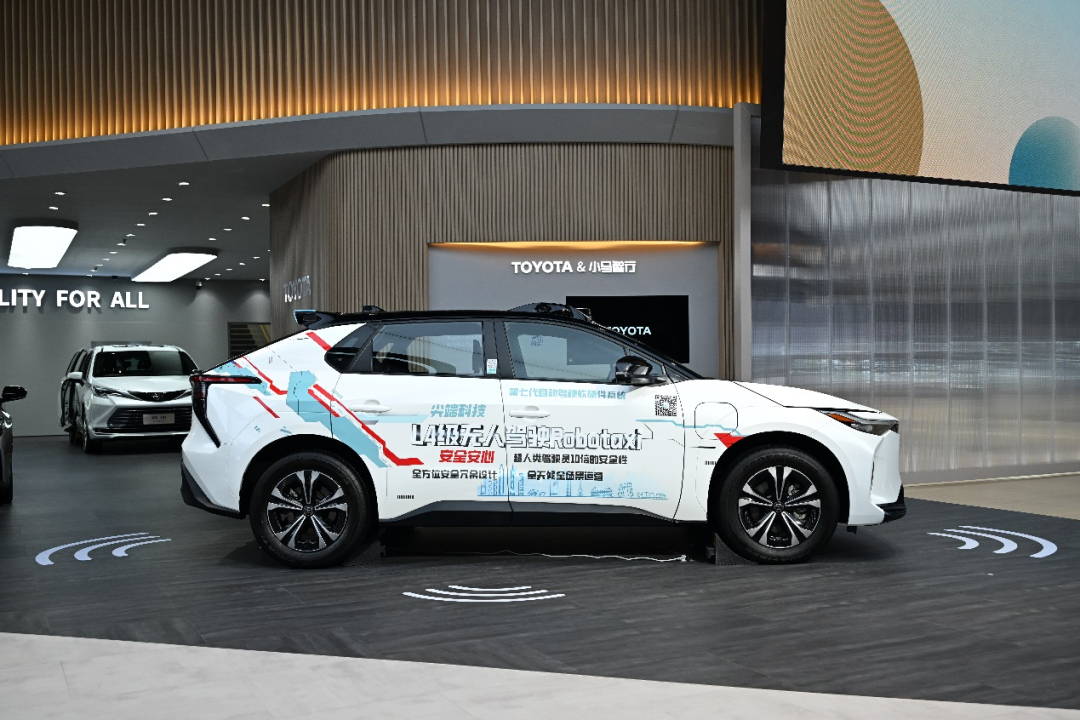
In the field of intelligence, Toyota demonstrates wisdom in open cooperation. The Robotaxi in partnership with Pony.ai has achieved commercial operation of L4 autonomous driving, with a cumulative driving distance of over 40 million kilometers.
While the automotive industry debates between full-stack in-house research and development and ecosystem empowerment, Toyota chooses to forge its century-old experience in car making into an open and inclusive container that can accommodate both the electric technology of joint venture partners and the autonomous driving algorithms of technology enterprises; it retains the safety redundancy of the hybrid era while absorbing the user-centric thinking of new players.
This race in the automotive circle is akin to a marathon. The leader may not necessarily be the last one to smile, but the player who knows how to accumulate strength on straightaways and change speeds on curves will ultimately win the race.
Veterans vs. Newcomers: Who Reigns Supreme?
China's automotive industry is in a critical period of technological iteration and industrial restructuring. The differentiated competitiveness of mainstream automakers and new players is also reflected in three distinct dimensions: technological accumulation, organizational efficiency, and market adaptability.
First, let's consider the new players, which exhibit extremely rapid intelligent iteration speeds. For instance, Huawei's ADS 3.0 achieves daily training of 35 million kilometers through a closed-loop data system, with an algorithm update cycle of only 5 days; they possess strong user demand insight capabilities. Xiaomi's SU7 swiftly responds to user feedback through an Internet mindset, making product definitions closer to younger demographics.
However, they also confront numerous risks. In the early stages of development, new players generally have fragile supply chains and high quality control risks; they also grapple with the issue of insufficient brand premium, and premiumization still requires time.
The mainstream automakers, often used for comparison, also have obvious advantages and disadvantages. Supply chain and scale effects, safety and reliability accumulation, and global experience are their absolute strengths. At the same time, they generally face challenges such as lagging electrification transformation and redundant organizational levels.
Anticipating the approach of new players, Toyota was well-prepared and made a bold move.
This year, Toyota has undertaken drastic reforms in its organizational structure. It has united the R&D teams of FAW Toyota, GAC Toyota, and even BYD to create a "One R&D" super brain, while transferring R&D decision-making power from the Japanese headquarters to China. It has also "evolved" the Chief Engineer (Regional-Chief Engineer) system (hereinafter referred to as RCE) in China, with Chinese nationals serving as vehicle development leaders, granting Chinese engineers greater authority. The harshest measure is that under the RCE system, Toyota's local engineers are responsible for the entire chain, from drawing blueprints to selling cars in 4S stores, making them all-round players.
Toyota's Platinum 3X/bZ5 of the bZ series were jointly developed with local partners and led by the RCE, who is well-versed in China's unique automotive culture.
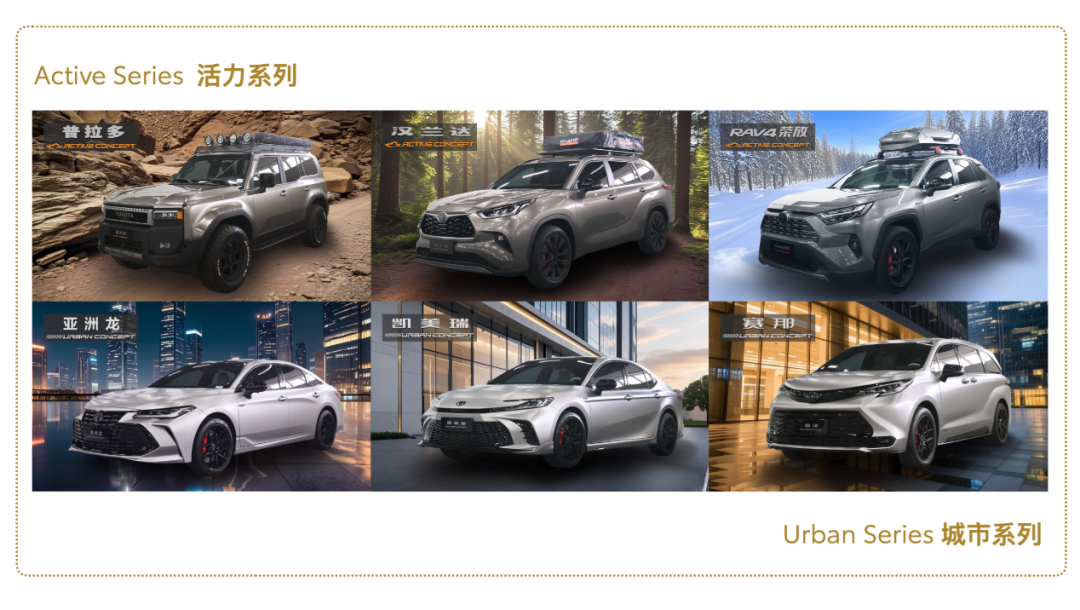
Additionally, "old faces" such as the Prado, Highlander, Sienna, and Camry have also shone with "new light." In response to the preferences of Chinese consumers, Toyota has created special modifications for the Vitality Series and Urban Series to cater to the needs of outdoor and urban trendy usage scenarios.
Looking ahead, this competition is entering a new phase. Established players like Toyota are beginning to mix and match technologies. Hydrogen energy vehicles are still under development, plug-in hybrids are on the agenda, and pure electric vehicles are led by RCE. Meanwhile, new players need to swiftly catch up and solidify their foundational skills in supply chain management.
Future competition will no longer be about who has the biggest screen or the longest range but about who can transform a car into the hub of smart living—able to connect to smart homes and facilitate video conferences.
In conclusion, the first half of this grand play in the automotive industry saw Tesla leading new players to attack established players. The second half will witness how seasoned players like Toyota utilize organizational reform and technology integration to fight back.
Just like the last five kilometers of a marathon, what matters now is not who starts fast but who can refine their internal strength, such as their R&D system and supply chain resilience, to the extreme. This century-long evolution of the automotive industry is witnessing a new round of survival of the fittest.






